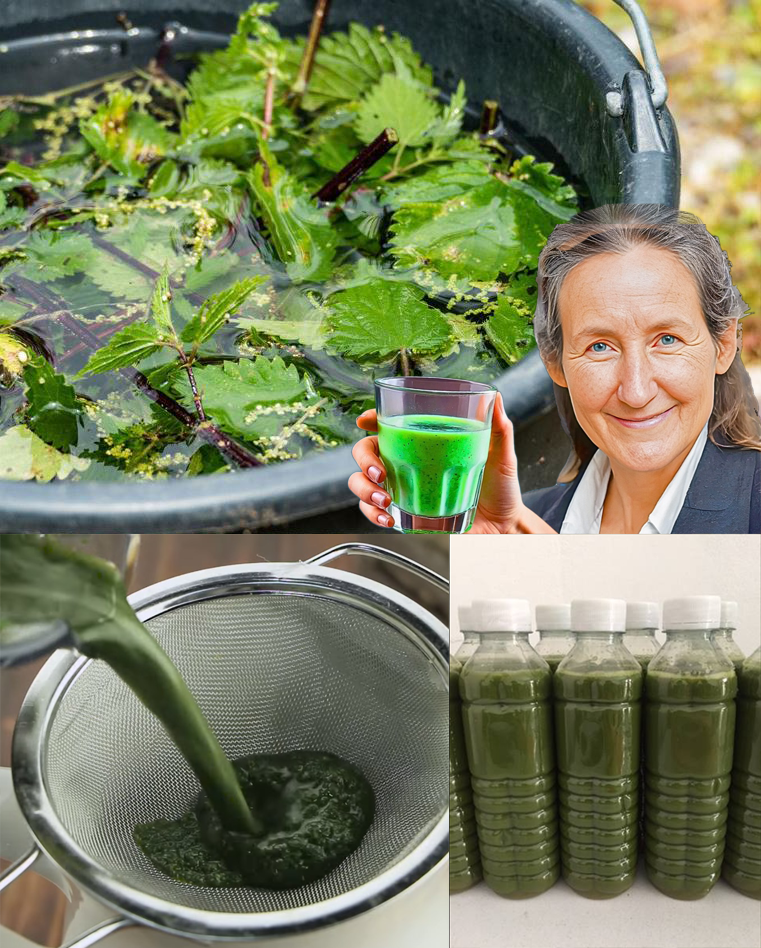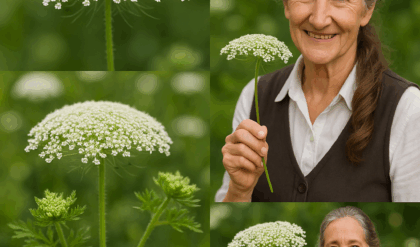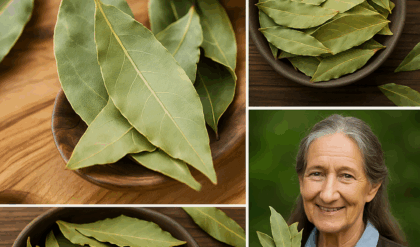Nettle fertilizer and nettle insecticide are two essential, eco-friendly tools in organic gardening. With their powerful, natural benefits, these homemade solutions promote healthier plants, enhance growth, and manage pests without relying on harmful chemicals. Let’s explore the significance of these nettle-based solutions, how to make them, and how to use them effectively in your garden.

The Importance of Nettle Fertilizer
Nettle fertilizer, often called nettle tea or nettle liquid fertilizer, is a nutrient-packed, all-natural plant feed that can significantly improve the health and productivity of your garden. Here’s why it’s an invaluable asset:
- Nutrient-Rich: Nettles are loaded with essential nutrients, including nitrogen, potassium, phosphorus, and various trace minerals. These nutrients are essential for supporting strong plant growth and promoting a lush garden.
- Improves Soil Quality: Nettle fertilizer helps enrich the soil with organic matter, improving soil structure, water retention, and nutrient availability. This leads to healthier plants and more fertile soil in the long run.
- Natural Pest Deterrent: The strong smell of nettle fertilizer can act as a natural pest repellent, helping to keep garden pests at bay without the need for chemical pesticides.
- Cost-Effective: Making your own nettle fertilizer is inexpensive and environmentally friendly, allowing you to skip store-bought options that may contain harmful chemicals or additives.
How to Make Nettle Fertilizer
Creating nettle fertilizer is a simple process. Follow these easy steps:
Ingredients:
- Fresh nettle leaves (wear gloves when handling)
- A large container or bucket
- Water
Instructions:
- Collect Nettle Leaves: Gather fresh nettle leaves during the growing season, typically in the spring or early summer. Be sure to wear gloves to avoid the plant’s sting.
- Fill the Container: Choose a large container or bucket and fill it with water. You’ll need enough water to submerge the nettles fully.
- Add Nettle Leaves: Place the nettle leaves in the container, using a 1:10 ratio of nettle leaves to water. For example, if you have a gallon of nettles, add 10 gallons of water.
- Soak the Leaves: Let the mixture steep for 2-3 weeks, stirring occasionally to aerate it.
- Strain and Use: After steeping, strain the liquid into another container. The resulting liquid is your nettle fertilizer. For use, dilute the mixture with more water (usually 1 part nettle fertilizer to 10 parts water) before applying it to your plants.
The Importance of Nettle Insecticide
Nettle insecticide, also known as nettle-based pest spray, serves as a natural and environmentally friendly solution for pest control in your garden. Here’s why it’s essential:
- Environmentally Friendly: Nettle insecticide is a safe and non-toxic alternative to commercial insecticides, reducing harm to beneficial insects and the environment.
- Cost-Effective: Making your own nettle insecticide is an affordable way to keep your garden pest-free, without having to buy expensive chemical sprays.
- Effective Pest Control: Nettle insecticide is effective at managing a variety of common garden pests, including aphids, caterpillars, and mites. It’s a natural solution that helps control pests without harming your plants.
How to Make Nettle Insecticide
Here’s how to make a simple nettle insecticide to protect your plants from pests:
Ingredients:
- Fresh nettle leaves (wear gloves when handling)
- Water
- Soap (organic, non-toxic)
Instructions:
- Collect Nettle Leaves: Just like with the fertilizer, gather fresh nettle leaves during the growing season. Wear gloves to protect your hands from the plant’s sting.
- Fill a Container: Fill a container with water, using a 1:5 ratio of nettle leaves to water. For example, if you have a quart of nettle leaves, use 5 quarts of water.
- Soak the Leaves: Let the leaves soak in the water for about 24 hours. The longer it soaks, the stronger the insecticidal properties.
- Strain the Liquid: After soaking, strain the liquid into a spray bottle to remove the leaves.
- Add Soap: Add a few drops of organic, non-toxic soap to the mixture. This helps the solution stick to the pests and plants.
- Spray on Plants: Apply the nettle insecticide directly to the affected plants, focusing on both the top and bottom of the leaves. Repeat as necessary, usually every 7-10 days.
Conclusion
Nettle fertilizer and nettle insecticide are powerful, natural solutions that benefit organic gardeners in a variety of ways. From enriching soil and supporting healthy plant growth to controlling pests and improving the garden ecosystem, these homemade remedies are cost-effective and environmentally friendly. By incorporating these nettle-based solutions into your gardening routine, you can grow a healthier, more sustainable garden while reducing your reliance on chemical pesticides and fertilizers.
Inspired by this? Share the article with your friends and start using nettle-based solutions in your garden today!





